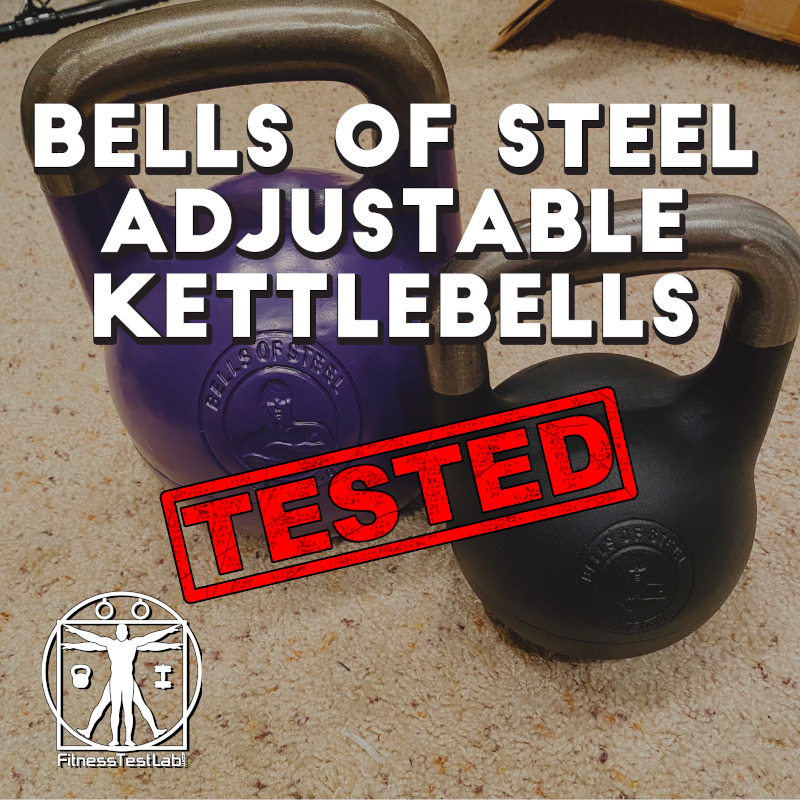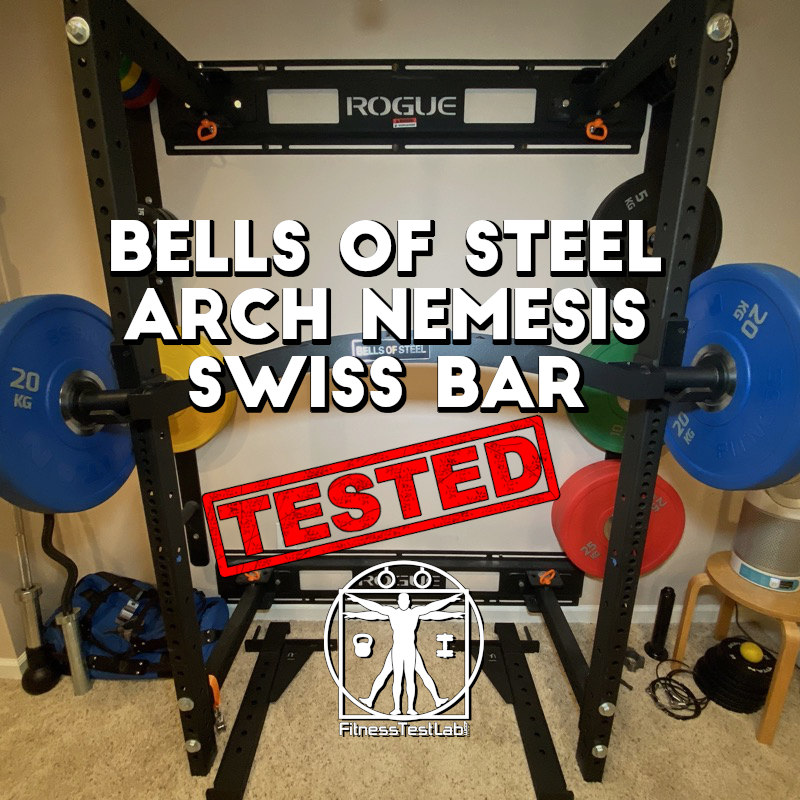Fitness Test Lab
Optimal Home Fitness
Evidence-based fitness guidance, workout routines, and nutrition advice for your home fitness journey.
Featured Articles
Latest insights on home fitness, nutrition, and wellness.

Bells of Steel Adjustable Kettlebells Review
Full review and unboxing of the Bells of Steel Adjustable Competition Kettlebells, including both the standard 12-20.5kg model (expandable to 32kg with expansion pack) and the compact 6-12kg MW Edition designed for smaller hands and traveling.

Bells of Steel Arch Nemesis Swiss Bar Review
The Arch Nemesis Swiss Bar from Bells of Steel is a versatile and budget-friendly strength training tool. It's perfect for pressing exercises, offers various workout possibilities with its cable attachment, and has a unique arch shape for enhanced muscle activation and stability.

Free Kettlebell Workouts
Short kettlebell workouts you can do at home with just one kettlebell - kettlebell HIIT workouts for beginners and intermediates in 20-40 minutes.
Fitness Categories
Explore our comprehensive guides and resources.
Workout Routines
Effective home workout programs
Nutrition Guide
Fuel your body for optimal performance
Recovery
Rest and recovery strategies
Start Your Fitness Journey
Join my community of home fitness enthusiasts and get evidence-based guidance.
